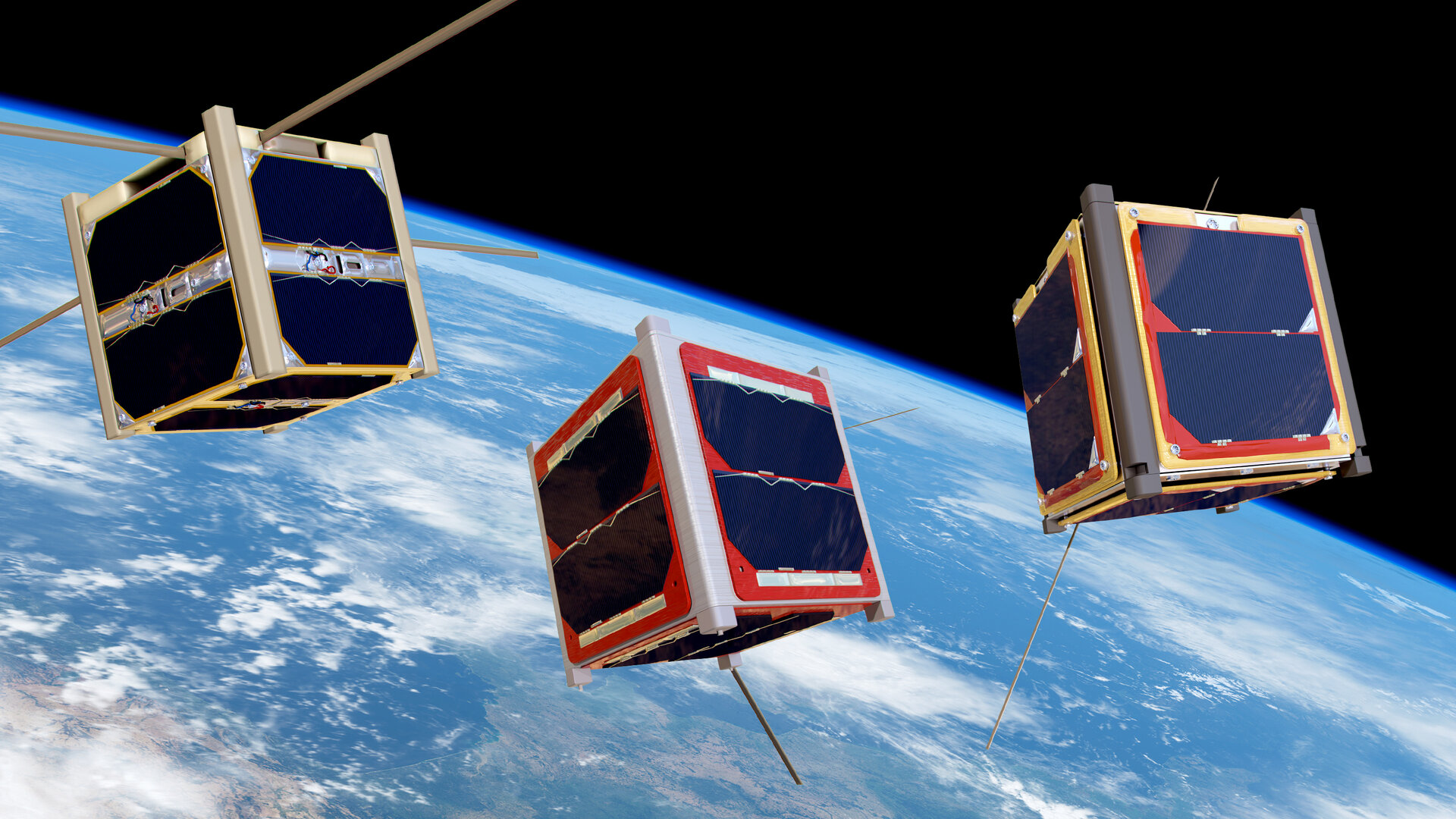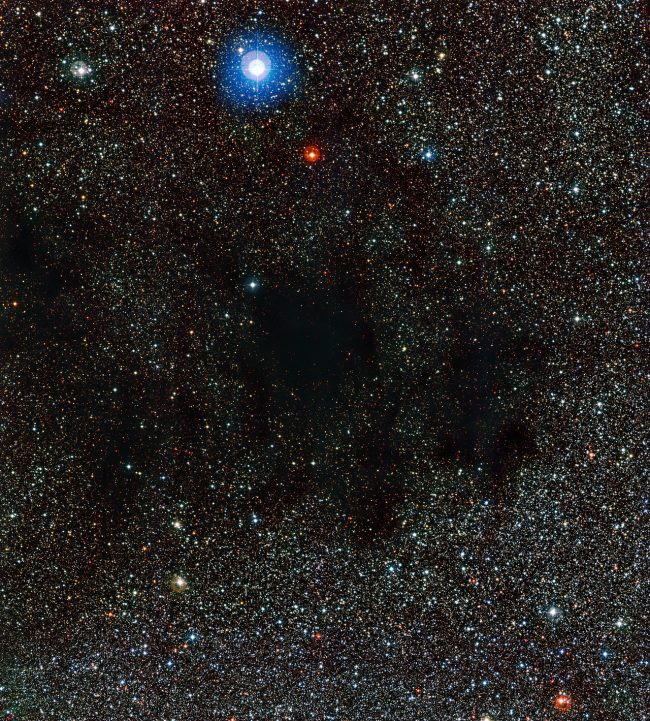Dictionary of Space Concepts
What is the Dictionary of Space Concepts?
The Dictionary of Space Concepts (DSC) is a project by UNIVERSEH – the European Space University of Earth and Humanity. Starting in 2020, this Alliance of five European Universities decided to launch an online dictionary dealing with terms and concepts related to space sciences. It should be created and used by students, lecturers, researchers and citizens alike.
After an initial planning phase, the DSC was published in spring 2022. It opens up several opportunities for all members of the UNIVERSEH Alliance and interested citizens to contribute to the content of the DSC.
In our course "Terms and Concepts of Space" (to the registration) , students learn how to write a dictionary article and later on contribute several entries to the DSC. Students and other members of the UNIVERSEH Alliance can also submit articles for the DSC via an entry in here . Interested citizens can contribute in this entry platform.
Once submitted, these articles are reviewed by UNIVERSEH Alliance staff and, if necessary, edited before their publication in the Dictionary.
In this way, the DSC is a dynamic project that is constantly expanding in content and quality through constant contributions from students, staff and citizens.
Special | A | B | C | D | E | F | G | H | I | J | K | L | M | N | O | P | Q | R | S | T | U | V | W | X | Y | Z | ALL
C |
|---|
Cosmos | ||
|---|---|---|
Image: Source: Short Definition: The concept of an organized system with pattern and order in the universe. Detailed Definition: The idea of the physical universe as a whole system, one having order and pattern. The understanding of the cosmos has been evolving with new discoveries about the universe. This leads to the definition of cosmology as the history of the study of the cosmos as a whole. Etymology: Cosmos comes from the Latin Kosmos, which means order or world. Sample Sentence(s): The cosmos may now be represented digitally by scientists. Scientists are hunting for hints as to how the universe came into being. Translations of Terms/Concepts into Partner Languages French: cosmos German: Kosmos Polish: kosmos Swedish: kosmos Links to Videos/Articles: https://www.nationalgeographicla.com/cosmos https://www.researchgate.net/publication/363520256_The_Infinite_Cosmos_Ebo_S | ||
Crater | |||
|---|---|---|---|
 Dedal crater on the Moon Source: https://commons.wikimedia.org/wiki/File:Moon_Dedal_crater.jpg Short Definition: An impact crater is a circular depression in the surface of a solid cosmic body shaped by the hypervelocity collision of a smaller object. Impact craters are the major geographic features on a lot of solid Solar System objects, including the Moon, Mercury, plus the majority of small moons and asteroids. Detailed Definition: An impact crater is a circular distortion on the surface of a celestial body caused by the collision of a meteorite, asteroid or comet. Craters are the most common features of the exterior of rocky and rock-ice bodies in the Solar System. The observed number of craters contains data about the age of the geological structure covered by them. Impact craters should be distinguished from similar structures of other origin, for instance, volcanic craters. Etymology: First coined in 1613, from Latin crātēr (“basin”) and from Ancient Greek κρᾱτήρ (krātḗr, “mixing-bowl, wassail-bowl”). Sample Sentence(s): "Because of the many missions studying Mars since the 1960s, there is good coverage of its surface, which contains large numbers of craters." Translations: French: Cratère German: Krater Polish: krater Swedish: Krater Links to Videos/Articles: | |||
CubeSat | ||
|---|---|---|
 The European Space Agency. (2022, March). CubeSats orbiting Earth. Retrieved from https://www.esa.int/var/esa/storage/images/esa_multimedia/images/2016/04/cubesats_orbiting_earth/15950521-1-eng-GB/CubeSats_orbiting_Earth_pillars.jpg Short definition: CubeSat (Cube Satellite) is a spacecraft that is meant to be a planet's artificial satellite and is designed as a cubic case. The purpose of such case is to carry its payload. Detailed Definition CubeSat is a nanosatellite. It is built as a cube with standard dimension, length of each side is a multiple of 10cm or 1U. They can contain arbitrary payload, usually scientific equipment such as small cameras. Their usual weight is about 1.3 kilograms, what makes them relatively cheap to launch and hence widely accessible. Their accessibility allows smaller players in space industry such as companies and even universities to deploy their space exploration tools into space. Etymology Cube SatelliteCube – from Latin cubusSatellite – from Latin satellitem– an attendant Sample Sentences "These CubeSats are flown as auxiliary payloads on previously planned missions."NASA. (2018, February). CubeSats Overview. Retrieved from https://www.nasa.gov/mission_pages/cubesats/overview Translations in our Alliance languages: French: CubeSatGerman: CubeSat Italian: CubeSat Polish: CubeSat Swedish: CubeSat Translations in other languages: Russian: КубСат References The European Space Agency. (2022, March). CubeSats. Retrieved from https://www.esa.int/Enabling_Support/Preparing_for_the_Future/Discovery_and_Preparation/CubeSats Cal Poly SLO. (2014, February). CubeSat Design Specification Rev. 13. Retrieved from https://static1.squarespace.com/static/5418c831e4b0fa4ecac1bacd/t/56e9b62337013b6c063a655a/1458157095454/cds_rev13_final2.pdf | ||
D |
|---|
Dark energy | |||
|---|---|---|---|
Source: https://astronomy.com/news/2020/03/whats-the-difference-between-dark-matter-and-dark-energy Definition:Dark energy (not to be mistaken with dark matter) makes up approximately 68% of the universe, and it is distributed evenly not only in space, but also in time (therefore it has a global effect on the universe as a whole). This is a repulsive force, that accelerates the expansion of the universe. The rate of expansion and its acceleration can be measured by observations based on the Hubble law. The existence of dark energy is proven and its role in the universe can be described thanks to Albert Einstein’s theory of general relativity. Example Sentence(s):"Dark energy is generally accepted as contributing to the increased acceleration of the expanding universe, so understanding this relationship will help to refine how physicists and astrophysicists understand it." "And there are still no final answers to the questions surrounding dark energy." Translations:
Links to Videos/Articles:https://home.cern/science/physics/dark-matterhttps://astronomy.com/news/2020/03/whats-the-difference-between-dark-matter-and-dark-energy | |||
Dark matter | |||
|---|---|---|---|
Source: https://astronomy.com/news/2020/03/whats-the-difference-between-dark-matter-and-dark-energy Definition:Dark matter (not to be mistaken with dark energy) makes up about 27% of the universe. Unlike normal matter, dark matter does not interact with electromagnetic forces. This means it does not absorb, reflect or emit light, therefore it can't be seen, but researchers can detect it and map it by measuring gravitational lensing. Because of these properties, it works like an attractive force, holding the universe together. In the 1930s, astronomer Fritz Zwicky studied images of around 1,000 galaxies that make up the Coma Cluster and speculated that some kind of matter must be keeping them together. Astronomers Vera Rubin and Kent Ford found a similar phenomenon when they studied the rotation rates of individual galaxies, with even more evidence of the features mentioned above. The existence of dark matter is so widely accepted that it’s part of the "standard model of cosmology", although there is no solid evidence that it is real. There are many theories suggesting that physics beyond the Standard Model, such as supersymmetry and extra dimensions, exist. If other parallel universes exist, then physical features of each universe would be different, therefore the amount of dark matter in each universe would be different. Dark matter helps scientists gain a better understanding of the composition of our universe and how galaxies are held together. Sample Sentence(s):"You can see the galaxy clusters that Professor Zwicky studied to discover Dark Matter." "Dr. Shepherd's work enhances our profile in the area of Dark Matter exploration significantly." Translations:
Links to Videos/Articles:https://home.cern/science/physics/dark-matterhttps://astronomy.com/news/2020/03/whats-the-difference-between-dark-matter-and-dark-energy | |||
Dark Nebula | ||
|---|---|---|
 Short DefinitionA dark nebula, also known as an absorption nebula, is a form of interstellar cloud. It is so thick that it obscures visible wavelengths of light from things behind it, such as reflection nebulae or background stars and emission. Interstellar dust grains in molecular clouds' coldest, densest portions produce light extinction. Detailed DefinitionSometimes the light from the background stars or reflection nebulas can be obscured by an interstellar cloud composed of gas, plasma and galaxy dust, creating irregular shapes without defined boundaries. This results in the formation of a black nebula or absorption nebula. The naked eye has seen large dark nebulas, often seen as shadows falling from the sky. The development of stars and meteors is crucial in the black nebula. Because of the difference in density, it is impossible to form stars during condensation. Enormous molecular clouds often surround the black nebulas, while the small ones can be called Bok globulos. Half of the world's famous Bang globules have been discovered to contain new stars. Etymologymid-15c., nebule "a cloud, mist," from Latin nebula, plural nebulae, "mist, vapor, fog, smoke, exhalation," figuratively "darkness, obscurity," from PIE root *nebh- "cloud." Sample Sentence(s) 1. Later, when I looked to my left, there was a black nebula. It had initially been an implacable cloud. 2. In general, the detections best suited the concept of a collision between a star and an interstellar nebula. 3. We've seen enough evidence to believe our solar system began with a cold black nebula spinning in slow motion. Translations of Terms/Concepts into Partner Languages Swedish: mörk nebulosa 1. Kurzgesagt - In a Nutwchell. 2017. The Last Light Before Eternal Darkness – White Dwarfs & Black Dwarfs. Retrieved on June 6, 2023 from https://www.youtube.com/watch?v=qsN1LglrX9s&ab_channel=Kurzgesagt%E2%80%93InaNutshell 2. Encyclopedia Britannica Contributors. February 23. 2023. Nebula. Retrieved June 15, 2023 from https://www.britannica.com/science/nebula | ||
DART Mission | |||
|---|---|---|---|
Source: https://dart.jhuapl.edu/Gallery/media/graphics/lg/DART-infographic_v4.jpg Definition:A mission planned by NASA to test a method of planetary defense by redirecting an asteroid, which could hypothetically pose a threat to Earth, by means of the DART spacecraft deliberately crashing itself into this asteroid. The DART spacecraft was built by Johns Hopkins Applied Physics Laboratory and was launched on November 23, 2021 at Vandenberg Space Force Base in California. Its target is the binary near-Earth asteroid Didymos (780 m across) and its secondary body, or “moonlet”, Dimorphos (163 m across). This binary asteroid is situated roughly 11 million kilometers from the Earth and does not pose a threat to the planet, but corresponds to the size of a potentially hazardous celestial body (140 m or more in diameter). As a result of the planned collision at the end of September 2022, the orbit of Dimorphos will change, this change will be observed and measured using telescopes on Earth and the data will be used to predict effectiveness of kinetic impact for the purpose of asteroid deflection as a planetary defense method. (https://blogs.nasa.gov/dart/2021/11/24/nasa-spacex-launch-dart-first-planetary-defense-test-mission/) Etymology:DART stands for “Double Asteroid Redirection Test” Translations:
Links to Videos/Articles:https://www.youtube.com/watch?v=hbL07cZUEMU More detailed information on the project:https://www.nasa.gov/planetarydefense/dart https://dart.jhuapl.edu/ | |||
Deimos | |||
|---|---|---|---|
Definition:The smaller of the two natural satellites/moons of Mars situated farthest from the planet. Etymology:Named after Deimos, the Ancient Greek god of terror, twin brother of Phobos, son of Ares (the equivalent of the Ancient Roman god of war Mars). Translations:
Links to Videos/Articles: | |||
Dusty Vacuum Chamber (Dirty Vacuum Chamber) | ||
|---|---|---|
Source: https://ttu-ir.tdl.org/bitstream/handle/2346/73031/ICES_2017_235.pdf?sequence=2&isAllowed=y Short Definition:An enclosure that constitutes a closed environment developed for the purpose of simulating lunar conditions and allow for the testing of material behaviour in such a space.
Detailed Definition:Sample Sentence(s):Translations:
Links to Videos/Articles: | ||
